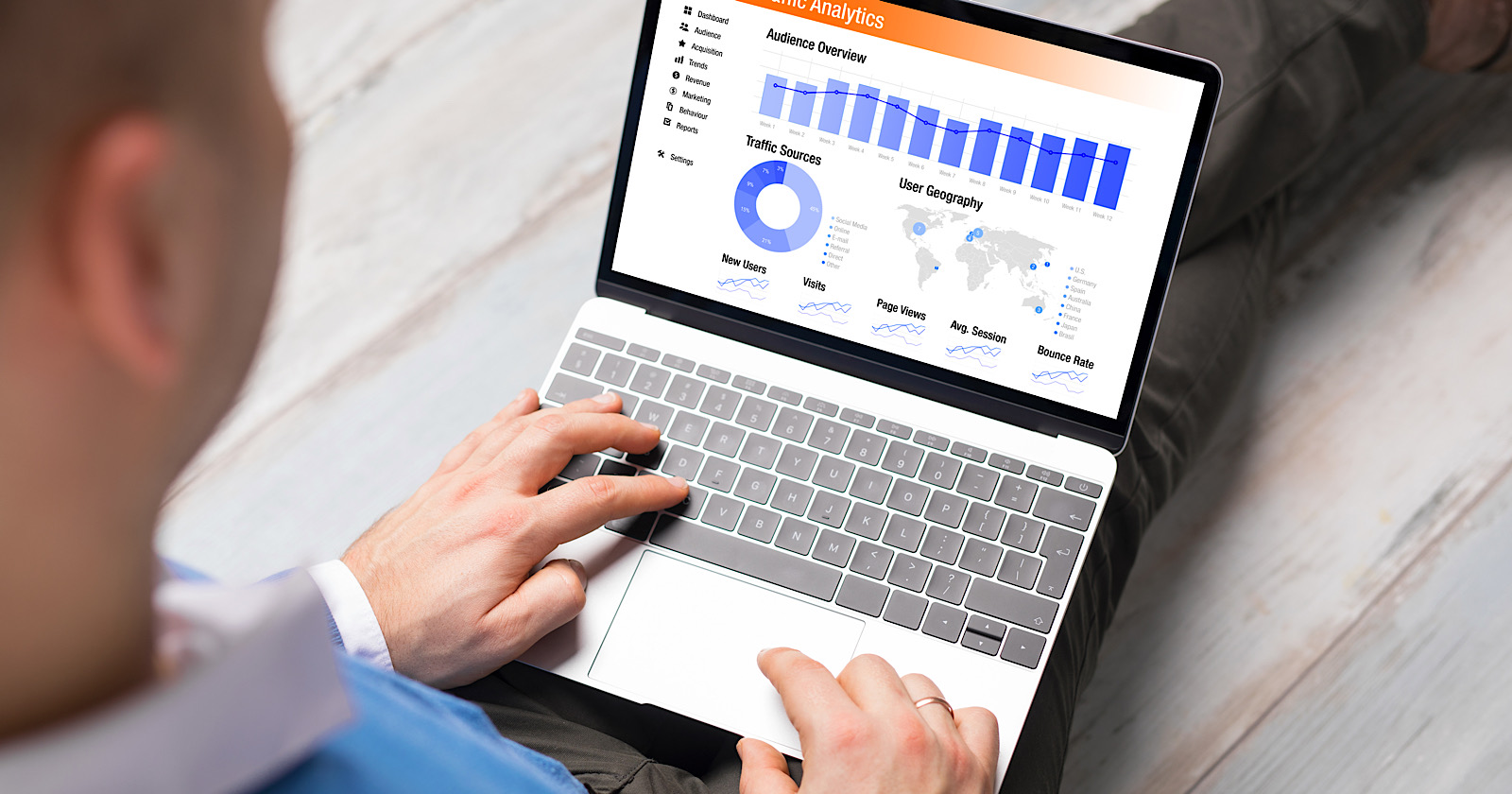SEO
Google Boosts Ecommerce Analysis In GA4 With 30 New Metrics

Google has announced an expansion of ecommerce measurement capabilities in Google Analytics 4 (GA4).
In total, 30 new dimensions and metrics related to ecommerce are now available in the GA4 custom report builder.
The new ecommerce dimensions provide more granular data on items, promotions, and shopping behavior.
Marketers can now view metrics grouped by product attributes like item name, brand, category, promotion name, and more.
What’s New In GA4 For Ecommerce Sites
New Ecommerce Dimensions
Google’s latest update to GA4 introduces several new ecommerce dimensions that can be used to segment data.
The following ecommerce dimensions are now available in the custom report builder:
- Item affiliation
- Item brand
- Item category
- Item category 2
- Item category 3
- Item category 4
- Item category 5
- Item ID
- Item list ID
- Item list name
- Item list position
- Item location ID
- Item name
- Item promotion creative name
- Item promotion creative slot
- Item promotion name
- Item variant
- Shipping tier
These new dimensions will allow marketers to analyze metrics by product and by attributes like brand and promotions. This enables a more granular analysis of what’s driving online revenue.
Key Revenue Metrics
In addition to the new dimensions, important ecommerce revenue metrics have been added.
The following ecommerce metrics are now available in the GA4 custom report builder:
- Gross item revenue
- Gross purchase revenue
- Item refund amount
- Item revenue
- Items added to cart
- Items checked out
- Items clicked in promotion
- Items purchased
- Items viewed
- Items viewed in list
- Items viewed in promotion
- Purchase revenue
- Refund amount
- Shipping amount
- Tax amount
Having gross purchase revenue as a metric will greatly help e-commerce stores understand sales performance.
Previously, marketers had to calculate gross purchase revenue using a formula combining other metrics. Now, it will be available directly in the custom report builder.
Exploration Metrics Updated
Along with the custom report updates, Google has streamlined ecommerce metrics in GA4 explorations.
New metrics like gross purchase revenue and refund amount replace existing ones like ecommerce revenue.
The following new revenue metrics are now available:
- Gross item revenue (The total revenue from items only, excluding tax and shipping)
- Gross purchase revenue (The total revenue from purchases made on your website or app)
- Refund amount (The total amount from refunds given on your website or app)
Google is removing the following duplicative revenue metrics from the Metrics picker in explorations:
- Ecommerce revenue
- Event revenue
Existing explorations that use these removed metrics will continue to work, but new explorations should use the new revenue metrics.
Additionally, Google recommends updating any explorations that use the Ecommerce or Event revenue metric to use the Purchase revenue metric.
In Summary
These changes to GA4 make it easier to see meaningful ecommerce data.
Marketers will no longer have to build custom reports to access key revenue metrics.
Featured Image: Kaspars Grinvalds/Shutterstock


















